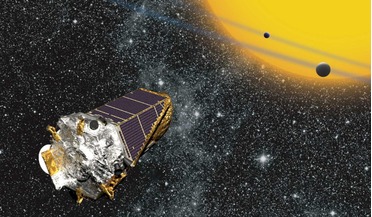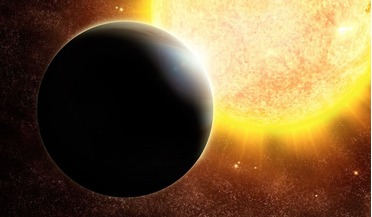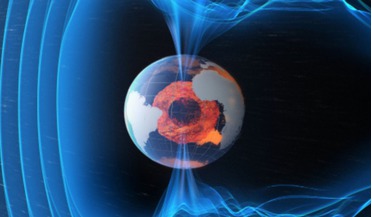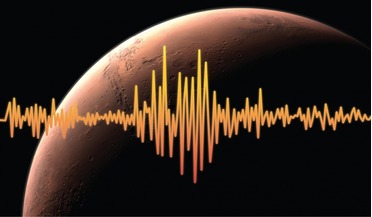 17 June 2020
Six billion Earth-like planets could be in our galaxy, new study says
17 June 2020
Six billion Earth-like planets could be in our galaxy, new study says
... a planet must be rocky, roughly Earth-sized and orbiting Sun-like (G-type) stars. It also has to orbit in the...range from roughly 0.02 potentially habitable planets per Sun-like star, to more than one per Sun-like star. Typically, planets like Earth ...
 February 2016
How to Build Planets
February 2016
How to Build Planets
... becomes less certain. Earth, for example, only forces the Sun to move at 0.1 metres per second, thus it would ..., slightly less massive and therefore cooler and less luminous than our Sun. This system is known to have five planets, the innermost of...
 August 2016
Our changing world and the mounting risk of a calamitous solar storm
August 2016
Our changing world and the mounting risk of a calamitous solar storm
... from massive blasts of ions that periodically travel from the Sun. These so-called coronal mass ejections travel at millions of ... solar screen’ in the L-1 position between Earth and the Sun. This screen could be maintained in position using an ion ...
 August 2016
Big or small - aerospace innovates through constraints
August 2016
Big or small - aerospace innovates through constraints
...time images from L1 (a point where the gravity of Earth and Sun is balanced) in a mission that the vice-president hoped would ... eventually change that but it would take many orbits round the Sun before that could happen. In the 17 years since, we ...
 August 2018
Measuring the pulse of Mars
August 2018
Measuring the pulse of Mars
... the planet, its perturbations as it travels around the Sun, and finally its heat flow rates that will signify ...after which the two MarCO spacecraft will retire into orbit around the Sun. About the author Dr Kerry Hebden has a PhD in Astronomy...
 October 2019
Skyrora – building on British space heritage
October 2019
Skyrora – building on British space heritage
...small satellites of up to 335 kg to polar and sun-synchronous orbits launching from one of three candidate launch sites... capable of lofting payloads of about 335 kg into near-polar and sun-synchronous orbits at an altitude of around 500 km. The XL is ...